Scroll to Top
One-Stop Solution for Sports Fan Merchandise
Soccer Jerseys logos Printing Techniques for Logos,Team Emblems,& Advertising
Currently, various types of printing techniques are predominantly used in different locations on mainstream jerseys, with a focus on embroidery and heat transfer printing techniques. In the past few years, flock printing was also popular, but it has gradually been phased out by major manufacturers.
1. Manufacturer Logos on jerseys, such as Nike and Adidas. These logos are typically applied using embroidery and heat transfer printing techniques, varying based on different jersey versions.
2. Team emblems, similar to manufacturer logos, are primarily applied using embroidery and heat transfer printing techniques.
3. Sponsorship advertisements on jerseys, mainly located on the chest, arms, and back, are typically applied using heat transfer printing.
4. Player names and numbers. In the past, flock printing was the norm, but in recent years, heat transfer printing has become the standard.
5. Sleeve patches for events, which are mainly applied using flock printing and heat transfer techniques.
6. Match information, with embroidery and heat transfer printing techniques being the most common.
let’s take a look at some characteristics of these different techniques.
Heat transfer printing is the most widely used technique. In recent years, due to the limitations of flock printing and embroidery in terms of athletic performance, an increasing number of teams have adopted heat transfer printing for player names, numbers, and emblems to reduce the weight of jerseys. Conventional heat transfer and sublimation printing are the most commonly applied methods. With technological advancements, silicone heat transfer printing has also made its way into our jerseys in recent years.
Conventional heat transfer printing creates a raised texture on the jersey’s surface, but the printed content is typically smooth. For example, Manchester City’s 23-24 season home player edition jerseys feature the PUMA logo and team emblem applied using heat transfer printing, offering a lightweight and thin experience.
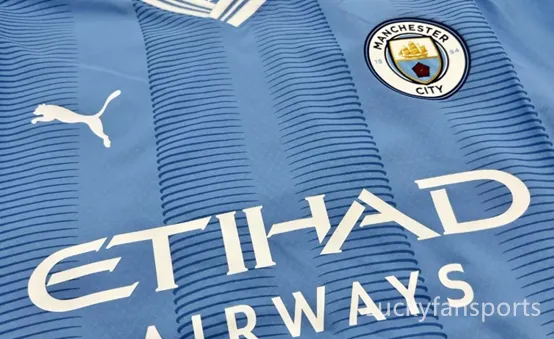
Heat transfer printing has also recently been applied to match information. In the 2022-23 FA Cup final, both Manchester United and Manchester City used heat transfer printing for their match information. In the past, Manchester United’s match information for finals was mostly presented in embroidered form.

The most common scenario for applying heat transfer printing technology is for the logos of advertising sponsors.
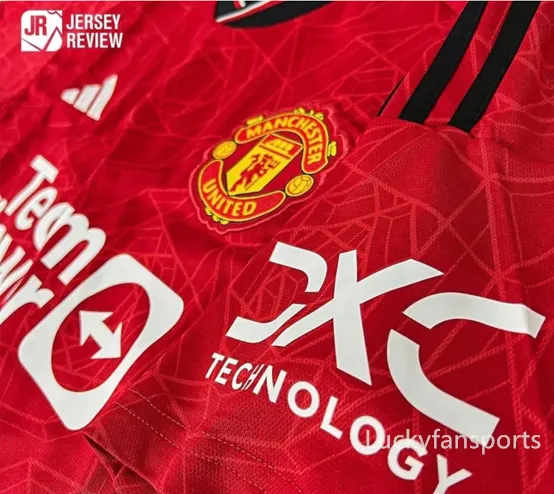
In recent years, silicone heat transfer printing technology has made its appearance on player edition jerseys, with emblems and jersey manufacturer logos on Nike and Adidas jerseys utilizing silicone heat transfer printing. Its key distinction from conventional heat transfer printing is that it can create a three-dimensional texture or pattern on the surface of the printed content, giving the entire jersey a more premium appearance. For example, in the Paris Saint-Germain’s 23-24 season match jerseys, this technology is used for both the emblem and the Nike logo, and we can clearly observe the texture on the surface of the emblem and logo.
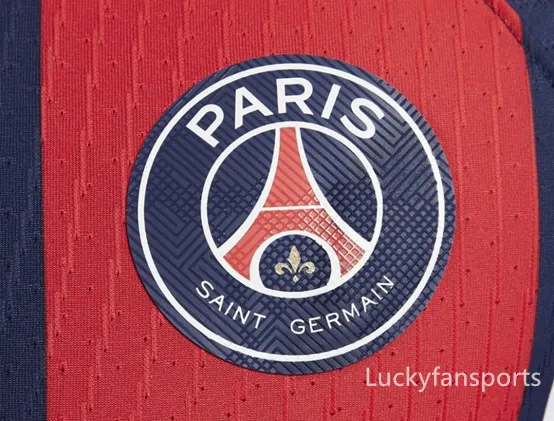
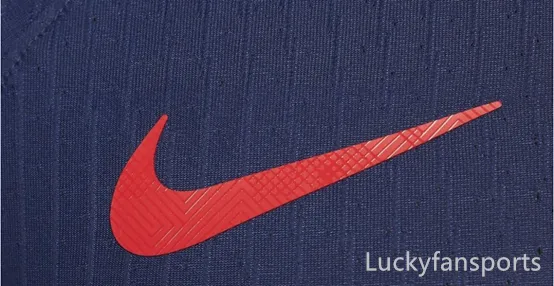
Adidas player edition jerseys follow a similar pattern as well. Adidas uses silicone heat transfer printing technology to simulate the textured feel of embroidery, creating a jersey with abundant detail and intricate textures.
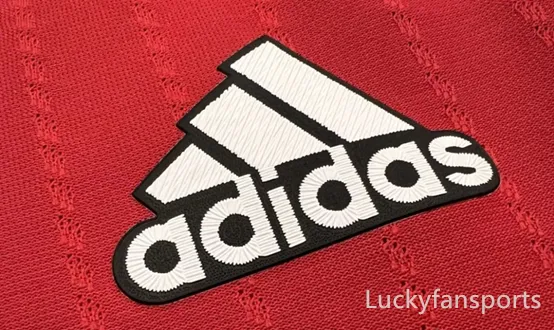
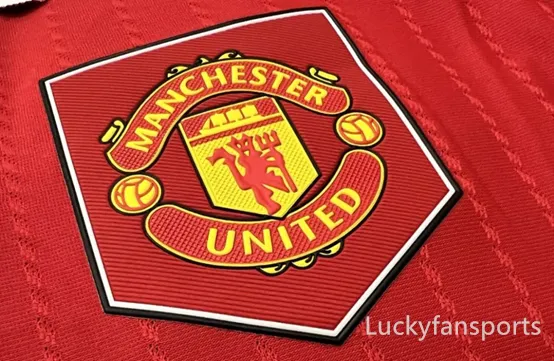
Sleeve patches are another location that has been replaced by heat transfer printing technology. Currently, most event sleeve patches have transitioned to heat transfer printing. However, certain events under organizations like UEFA, such as the Champions League and Europa League, still use flock sleeve patches.
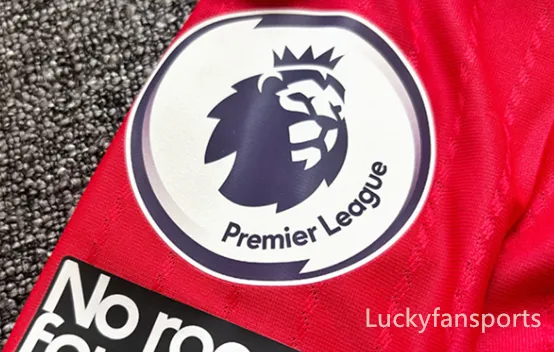
With the development of heat transfer printing materials and technology, an increasing number of elements are being applied to the entire jersey. Currently, most player edition jerseys are printed using heat transfer printing for various elements, including event sleeve patches, advertisements, emblems, numbers, and names, providing an incredibly lightweight and thin sensation to the jerseys.
Compared to early embroidery techniques, modern computerized embroidery technology can faithfully reproduce the details on emblems. We can observe a significant difference in the embroidery details between the 1999 Manchester United emblem and the current embroidered emblem.
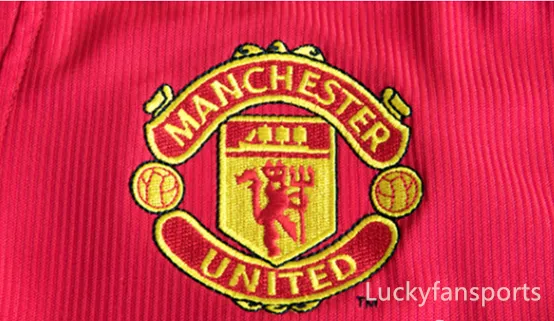
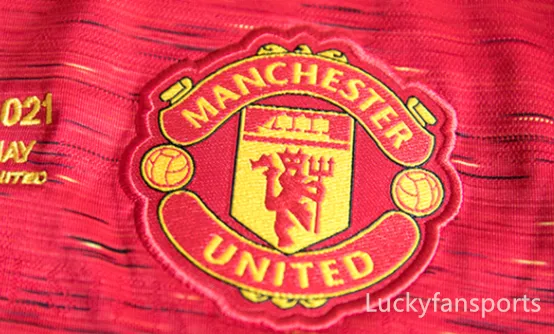
The manufacturer’s logos on player edition jerseys are also predominantly presented in embroidery, and match information was displayed in embroidered form in the earlier years.
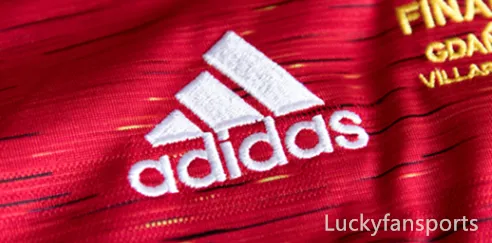
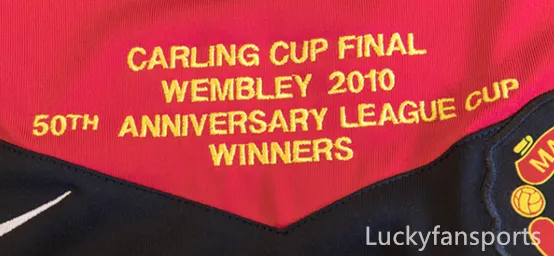
Flock printing technology is primarily used for event sleeve patches, with the most notable example being the UEFA Champions League. Due to the flock fabric’s tendency to absorb sweat and rainwater, players have generally reported a less-than-ideal experience. With technological advancements, player names and numbers have transitioned to heat transfer printing in recent years.
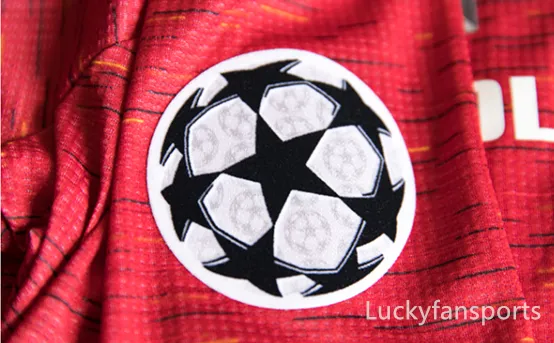
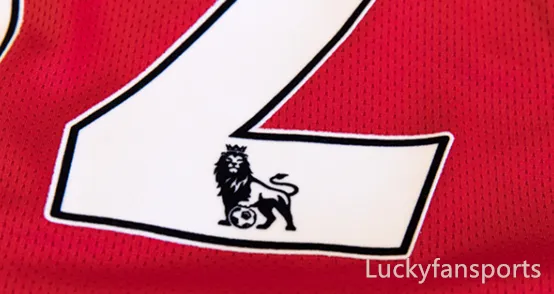
A jersey also includes other elements such as care labels and certain certification information using woven label technology. These details actually reflect the design and craftsmanship of a jersey.

With heat transfer printing technology offering thinner materials and a greater variety of effects, it’s only a matter of time before heat transfer printing replaces the information on jerseys. However, the primary concern with current heat transfer printing is aging. For those who collect jerseys, it’s crucial to pay special attention to maintenance and prevent the aging and cracking of elements like player names, numbers, and advertisements.